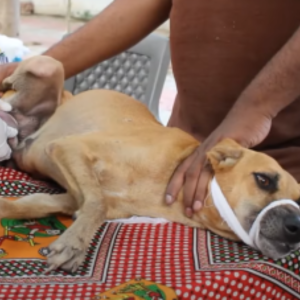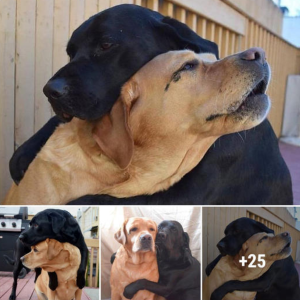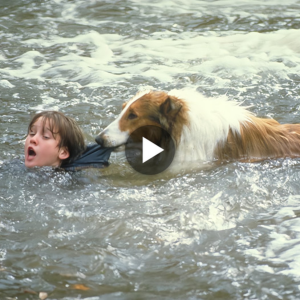In a groundbreaking experiment, scientists have transformed chicken embryos to give them a snout and palate configuration similar to that of small dinosaurs like Velociraptor and Archaeopteryx.

The team did not set out to create a “dino-chicken” per se, said the lead authors of a study published in the journal Evolution. Bhart-Anjan Bhullar of Yale University in New Haven and Arkhat Abzhanov of Harvard University in Cambridge, US, originally wanted to understand how the bird beak, a very vital part of bird anatomy that has been crucial for their success, evolved.
“Whenever you examine an important evolutionary transformation, you want to learn the underlying mechanism,” Bhullar added.
Finding a mechanism to recreate elements of dinosaur physiology has been a topic of popular interest ever since the idea that birds evolved from dinosaurs emerged in the 19th century, when scientists discovered the fossil of an early bird-like animal called Archaeopteryx. Similar to other fossils more recently discovered, the animal had wings and feathers, but it also looked a lot like a dinosaur.

The first Archaeopteryx fossil was discovered in 1861. Image credit: H. Raab
However, these early birds didn’t look the same as modern ones. In particular, instead of beaks they had snouts, like those of their dinosaur ancestors. To understand how one changed into another, Bhullar’s team has been tampering with the molecular processes that make up a beak in chickens.
“I wanted to know what the beak was skeletally, functionally and when this major transformation occurred from a normal vertebrate snout to the very unique structures used in birds,” Bhullar said.
While trying to do just that, the team managed to create a chicken embryo with a dinosaur-like snout and palate, similar to that of small feathered dinosaurs like Velociraptors.

Grabbing a bite on the move – snacking for a busy velociraptor. Image credit: Annie Brightstar
The team started out by trawling though changes in the ways genes are expressed in the embryos of chickens and several other animals including mice, alligators, emus, turtles and lizards. Such a thorough investigaton of some of the major animal groups revealed that birds have a unique cluster of genes related to facial development that are lacking in non-beaked creatures.
When the scientists silenced these genes, the beak structure reverted back to its ancestral state, and so too did the palatal bone in the roof of the mouth, as demonstrated by this image.

Control chicken embryo, altered chicken embryo and alligator embryo involved in the study.
To achieve this genetic tweak, the team isolated the proteins that would have gone on to develop beaks. Then, using tiny beads coated with an inhibiting substance, they suppressed those proteins. When the skeletons started to develop inside the eggs, the animals had short, rounded bones instead of elongated, fused beaks found in bird skeletons
Although Bhullar has no plans, or ethical approval, to hatch the snouted chickens, he believes they would have been able to survive “just fine”.
“These weren’t drastic modifications,” Bhullar explained. “They are far less weird than many breeds of chicken developed by chicken hobbyists and breeders. The rest of the animal looked OK, but one needs to think about this carefully from an ethical point of view.”

The ethical dillema: Should we create monsters for the sake of science? Image credit: Image credit: HuffPost
In another similar experiment, researcher Joao Botelho at the University of Chile has successfully managed to genetically recreate an elongated fibula in a bird embryo. Botelho used a bird fibula, a thin bone that runs down the length of the lower leg. In modern birds, this bone does not extend down to the ankle, but in their dinosaur ancestors it definitely did.
Botelho’s team also found that modern bird embryos actually start out with this ancestral trait. Over time, however, the fibula shortens greatly and the adult bird has a tiny, fragment-like fibula instead of a long, hollow one. With that information at hand, all the researchers had to do was inhibit the gene that allowed for this kind of bone growth at an embryonic level.
Again, the researchers’ aim was not to bring dinosaurs back to life. Instead, they wanted to understand bird evolution on the molecular level like never done before.
Another person experienting with so-called chickensaurs is Jack Horner, curator of paleontology at the Museum of the Rockies and a professor at Montana State University. The scientific consultant for Jurassic Park, he is also the visionary behind creating a genetically altered domestic fowl with the teeth, claws and long tail of a small carnivorous dinosaur. His team has been working on lengthening the tail of the chicken at an embryonic level, based on the fact that all animal embryos have more bones in their tail when in the womb or egg.
Horner is determined to create a dinosaur-chicken mix, which, according to him, will just be a genetically modified chicken. He also admits that creating an elongated tail in a bird embryo may not be too difficult but whether the adult bird will be able to use it is another question. Predatory non-avian dinosaurs also had dextrous fingers for grasping prey, so an adult bird might need a lot of muscular and nervous re-tweaking in order to be able to use these new features.

Is this what the future of genetic engineering will look like? Image credit: Christopher Srnka
So, while a number of scientists have been working in parallel to reveal the secrets of avian evolution, there are still questions to be answered. But you definitely should stay tuned for the next big development in genetics.
Bhullar himself believes that in 15 or 20 years we’ll have all the necessary tools and information to hatch a living, breathing, dino-chicken that runs around snatching up prey in its toothy snout like a little velociraptor.
“This isn’t theoretical,” he underlines. “I’m not talking half a century here; I’m talking decades. It’s going to happen.”





